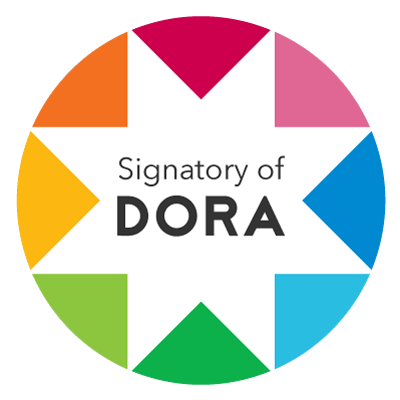Abstract
In the creation of King Leopold’s Soliloquy, a textured, visually irrefutable, and darkly satirical account of crimes against humanity in the Belgian Congo Free State, Mark Twain aimed to evoke his Euro-American audience’s empathy by activating their imaginations and inaugurating political reform. Informed by the work of cultural and literary critics such as Roland Barthes, this paper considers how the visual imagery in Twain’s text engender questions about fact, testimony, and witnessing in the realm of human rights and collective violence—both in the Congo Free State and, indirectly, in the United States. I ultimately argue that the relation (or dissonance) of visual imagery to written text in this relatively unknown and understudied work by Twain yields vital implications for scholars of genocide.
DOI
https://doi.org/10.5038/1911-9933.12.2.1525
Recommended Citation
Nunn, Nora
(2018)
"The Unbribable Witness: Image, Word, and Testimony of Crimes against Humanity in Mark Twain’s King Leopold’s Soliloquy (1905),"
Genocide Studies and Prevention: An International Journal:
Vol. 12:
Iss.
2:
84-106.
DOI:
https://doi.org/10.5038/1911-9933.12.2.1525
Available at: https://digitalcommons.usf.edu/gsp/vol12/iss2/7
Creative Commons License

This work is licensed under a Creative Commons Attribution-Noncommercial 4.0 License
Included in
American Literature Commons, Photography Commons, Race, Ethnicity and Post-Colonial Studies Commons



